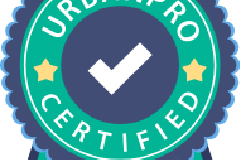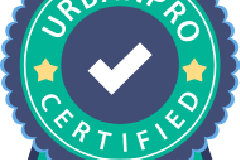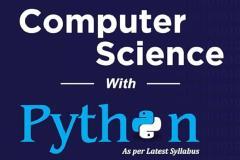Course: Microeconomics for 11th & 12th Grade Students
Course Overview: This course provides a comprehensive introduction to microeconomics, focusing on understanding individual economic agents (consumers, firms) and how they make decisions. We’ll explore key concepts like supply and demand, market structures, and government intervention. The aim is to build a strong foundation in microeconomic theory, develop critical thinking skills, and apply economic concepts to real-world situations.
Course Syllabus:
-
Introduction to Microeconomics:
- What is economics?
- Basic economic problem: Scarcity and choice
- Opportunity cost and trade-offs
-
Demand and Supply:
- Law of demand and law of supply
- Shifts in demand and supply curves
- Market equilibrium: Price determination
- Price elasticity of demand (PED) and price elasticity of supply (PES)
-
Consumer Behavior:
- Utility theory: Total and marginal utility
- Budget constraints and indifference curves
- Consumer equilibrium
-
Theory of Production and Costs:
- Production function: Short-run vs long-run
- Law of diminishing returns
- Types of costs: Fixed, variable, total, average, and marginal costs
-
Market Structures:
- Perfect competition
- Monopoly and monopolistic competition
- Oligopoly and price leadership
- Pricing strategies and market power
-
Market Failures and Government Intervention:
- Externalities: Positive and negative
- Public goods and merit goods
- Government policies: Taxes, subsidies, price controls, and regulations
-
Factor Markets:
- Labor market: Wages and labor supply
- Capital and land markets
- Rent and interest rates
-
Income Distribution and Welfare Economics:
- Distribution of income: Equity and inequality
- Poverty and welfare programs
- Role of government in reducing income disparities
Course Targets:
-
Foundational Knowledge:
- Ensure students understand key microeconomic concepts such as supply and demand, market equilibrium, and the theory of the firm.
- Help students develop the ability to explain and apply these concepts in real-world scenarios.
-
Analytical Skills:
- Equip students with the skills to solve microeconomic problems using graphs, equations, and logical reasoning.
- Strengthen their ability to analyze and evaluate economic outcomes in various market structures.
-
Exam Readiness:
- Prepare students for board exams with practice questions, model answers, and exam strategies.
- Focus on key topics that frequently appear in exams, helping students manage time and approach questions effectively.
-
Application to Real-World Issues:
- Encourage students to connect theoretical knowledge with current economic events and case studies (e.g., analyzing the impact of taxes on consumer behavior or understanding market responses to government price controls).
-
Critical Thinking and Problem-Solving:
- Promote critical thinking through debates, discussions, and case studies, where students can evaluate policies, market outcomes, and economic strategies.
- Help students develop problem-solving skills for both theoretical questions and real-life economic challenges.
Teaching Methodology:
- Interactive lessons with visual aids (graphs, charts, and diagrams).
- Regular quizzes and assignments for continuous assessment.
- Class discussions and real-world case studies to foster application of concepts.
- Practice exams and feedback to ensure exam readiness.








